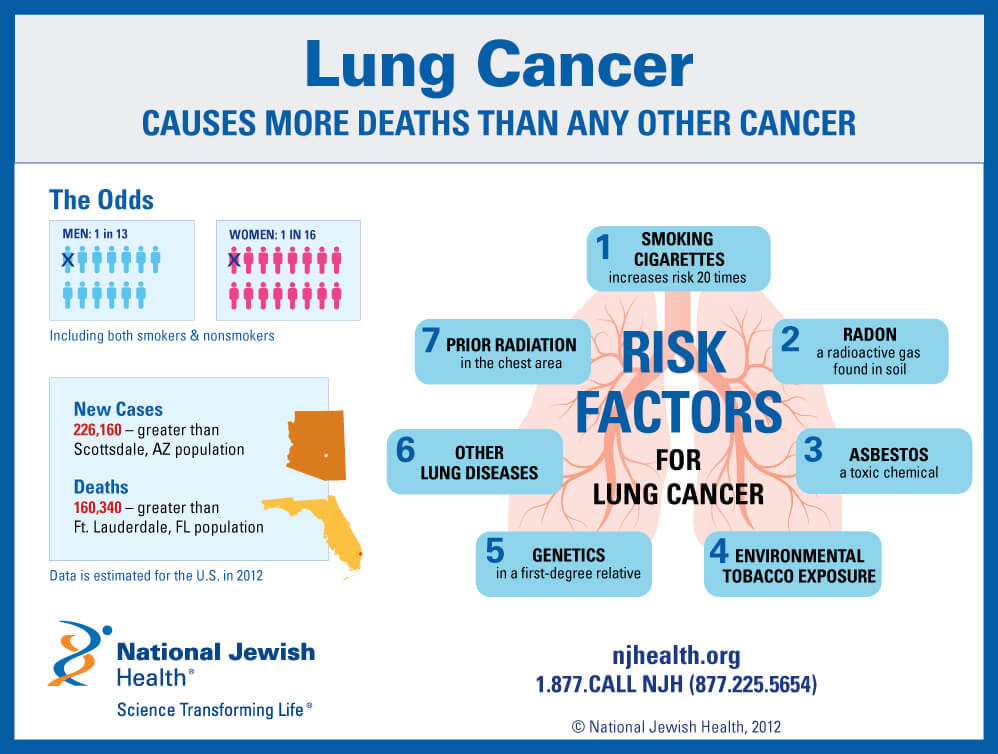
Image source: https://www.nationaljewish.org/NJH/media/img/stock/lung-infographic-full.JPG
Pneumonia is a class of lung toxicities. It transpires when a virus, bacteria, or fungi causes irritation and contagion in the alveoli (minute air sacs) in the lung. Bronchial pneumonia, or lobular pneumonia, is a sort of pneumonia that likewise causes soreness in the bronchi. These are the air passageways that pave way for air to move into our body.
The science behind it:
In this ailment, there is an intrusion of neutrophils into the air route in reaction to the occurrence of a large number of bacteria. The provocative reaction leads to the stuffing of the passage of a fluid. This procedure, by which airways are substituted for fluid, is named consolidation. With austere coarse infection, the inflammation can cause the damage or reformation of the air sacs.
Causes:
The reasons of bronchial pneumonia are identical as those of pneumonia that only distresses the lungs. It is a transmissible illness; consequently, the transmission of microorganisms from one person to another via fluids in the mouth and nose is the most common way of spread. Furthermore yet, pneumonia can be contracted in hospitals, where it is habitually much more austere, from contact to compounds and contaminants and similarly ancillary to other respiratory ailments. In numerous circumstances nonetheless, similar microbes are accountable for triggering the cold and the flu is what succumb to pneumonia in the long run. The same is correct for pneumonia in kids, which can frequently result following an upper respirational infection.
Symptoms:
1. Fever, Cough and Breathing Difficulty:
Bronchial pneumonia is concomitant with a low-grade temperature generally about 100 degrees F. The high temperature is typically supplemented by shudders or perspirations. Pursue medical care punctually if the fever escalates to 102 degrees or more.
2. Chest Pain and Fatigue:
Piercing chest pain mostly occurs during a mouthful of air and can be existed with or without commotion. Chest uneasiness hinders deep breathing effort, and marks of oxygen deficiency may be witnessed in acute cases; for instance, lips and nails might have a bluish color.
3. Secondary Symptoms:
Casual symptoms that might befall with this disease include the following: headaches, biliousness, and retching, in addition to gastroenteritis.
What are the risk factors?
1. Time of life:
The kids who are 2 or younger, as well as the individuals who are 65 or elder, have a greater threat for evolving bronchopneumonia and technical hitches from the disorder.
2. Environmental:
People who work in, or regularly visit, hospital or hospice services have an advanced menace for acquiring bronchopneumonia.
3. The standard of living:
Smoking, pitiable nourishment, and a past of hefty alcohol use can upsurge your possibility for bronchial pneumonia.
4. Medical conditions:
Some medical circumstances can intensify your chances for developing this type of pneumonia. These include asthma or chronic obstructive pulmonary disease, HIV/AIDS having an enfeebled immune system owing to chemotherapy or the usage of immunosuppressive drugs etc.
Treatment:
1. Oxygen:
People cured at home for minor cases of bronchial pneumonia dont need supplemental oxygen; but if you are hospitalized, you may call for oxygen through nasal points or masks. Some requisite motorized ventilation and aid breathing with the support of a synthetic respirator, which powers air into the lungs.
2. An incentive spirometer:
It uses an artificial device to reassure deep breathing and out the breath, supports slackening the phlegm in the lungs. Regular breathing and coughing help you relax and cough up oozes by pitter-patter on the chest, then deep breathing and coughing vehemently.
3. Antibiotics:
Streptococcus pneumonia bacteria most regularly causes bronchial pneumonia upsetting people not hospitalized or those with a destabilized immune system. Bacterial pneumonia reacts to antibiotic treatment, given through ingestion if pneumonia is minor enough to be cured at home; and injections are given if a person necessities hospitalization.
